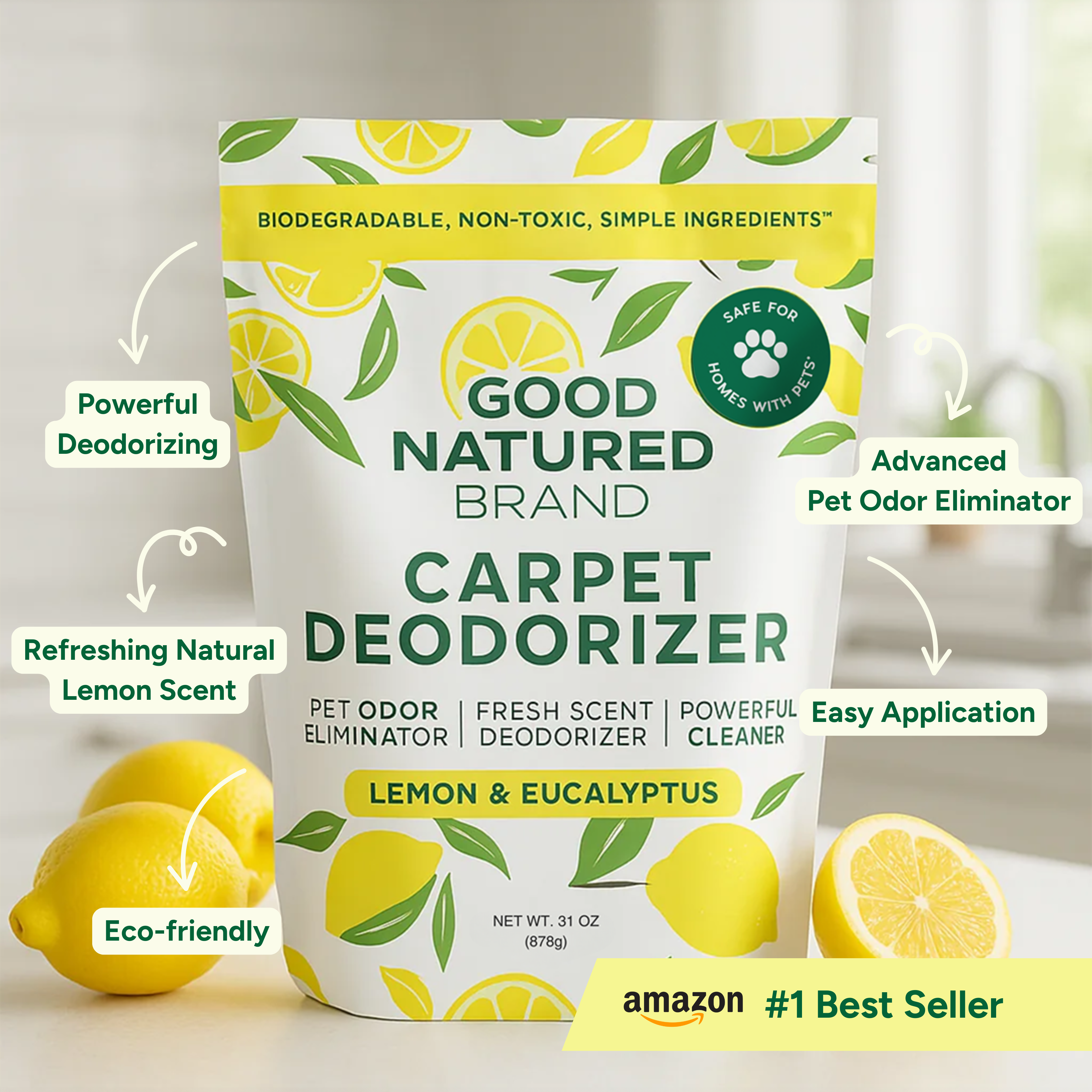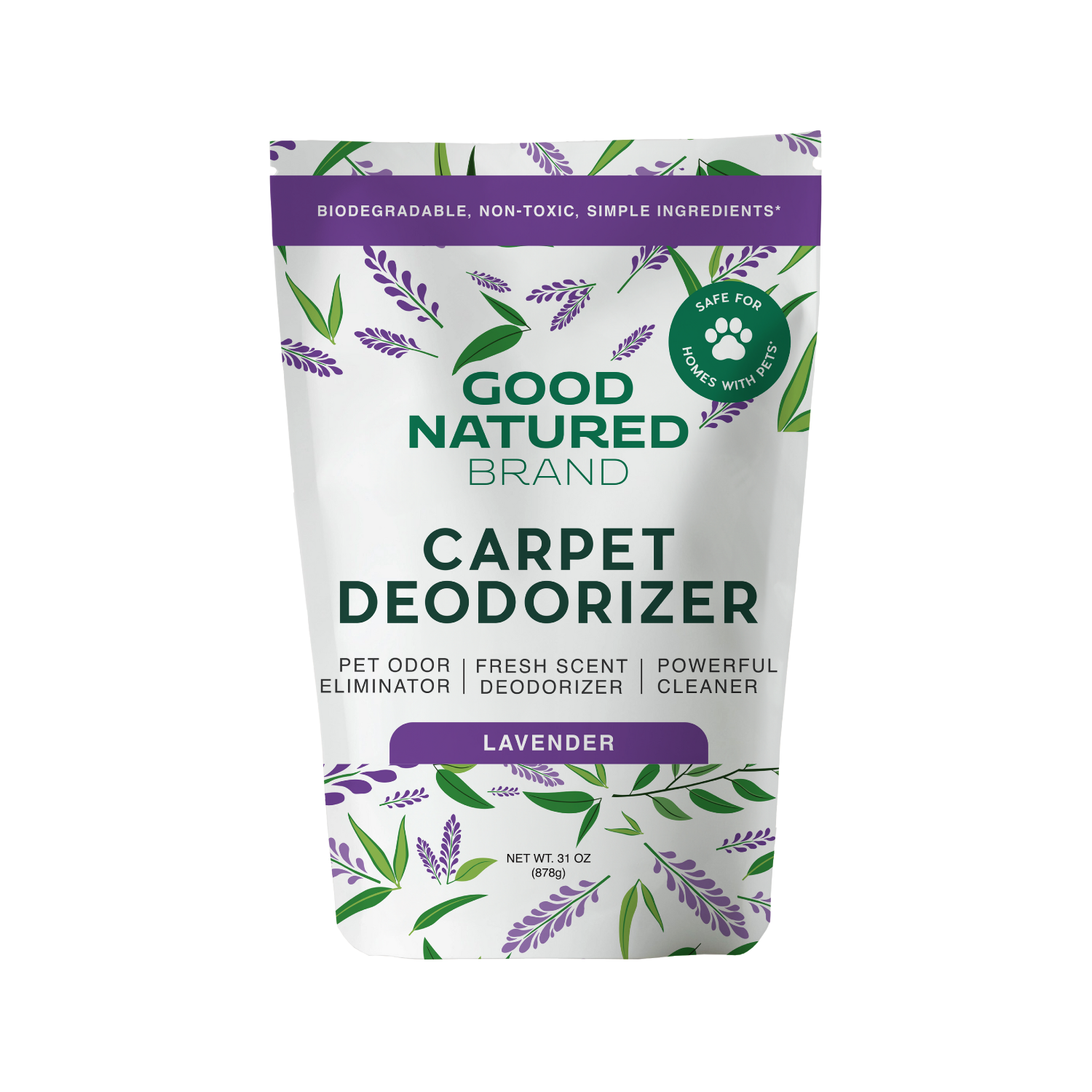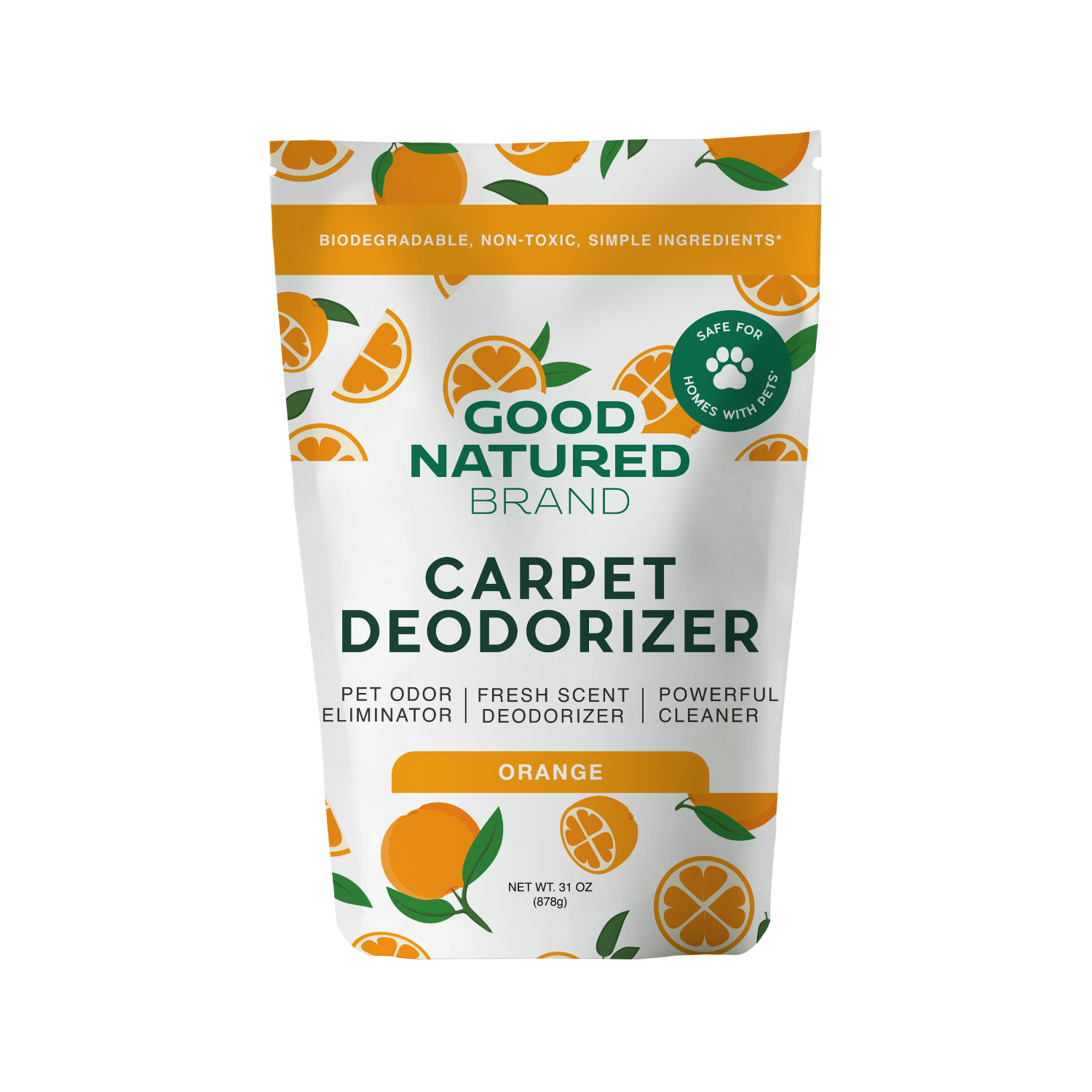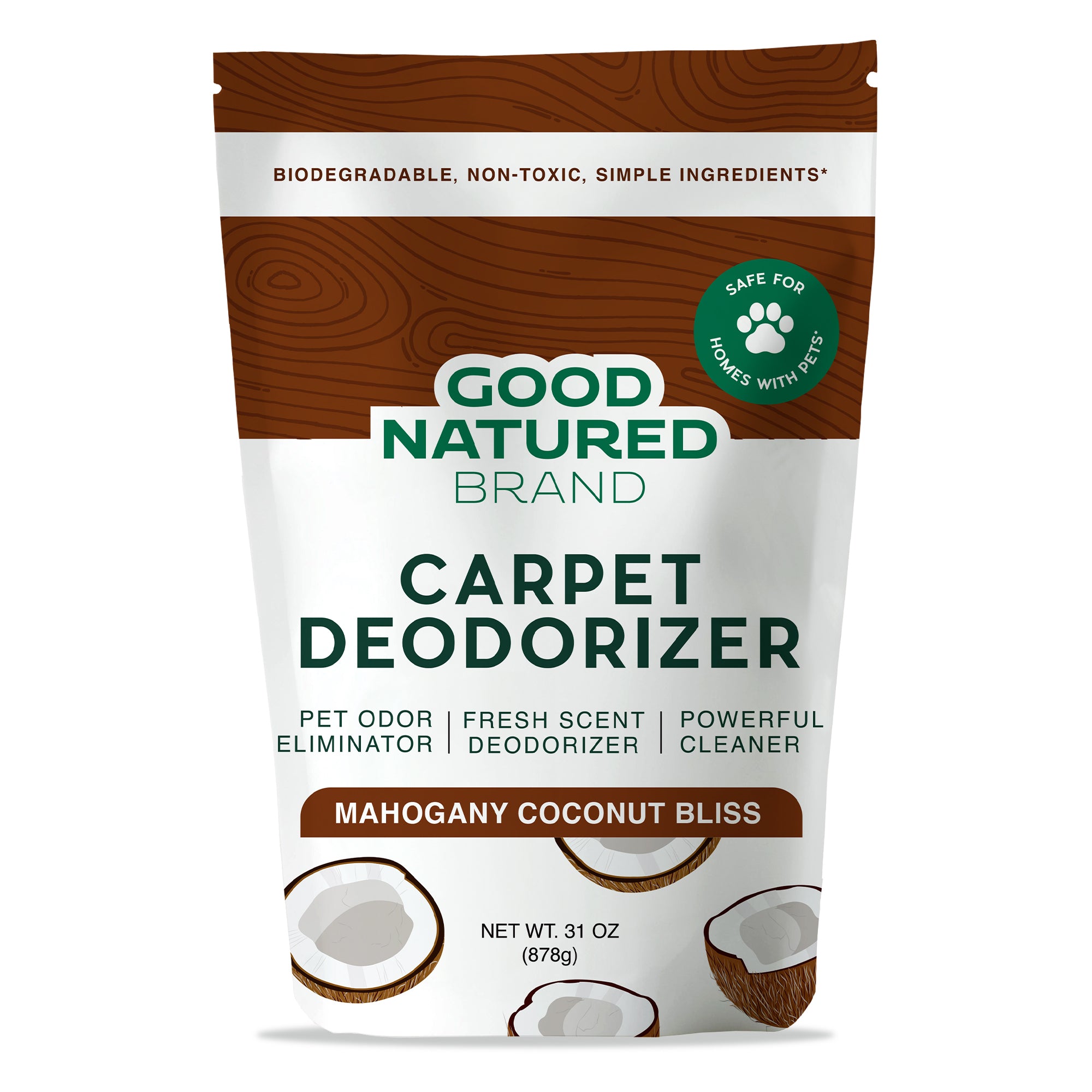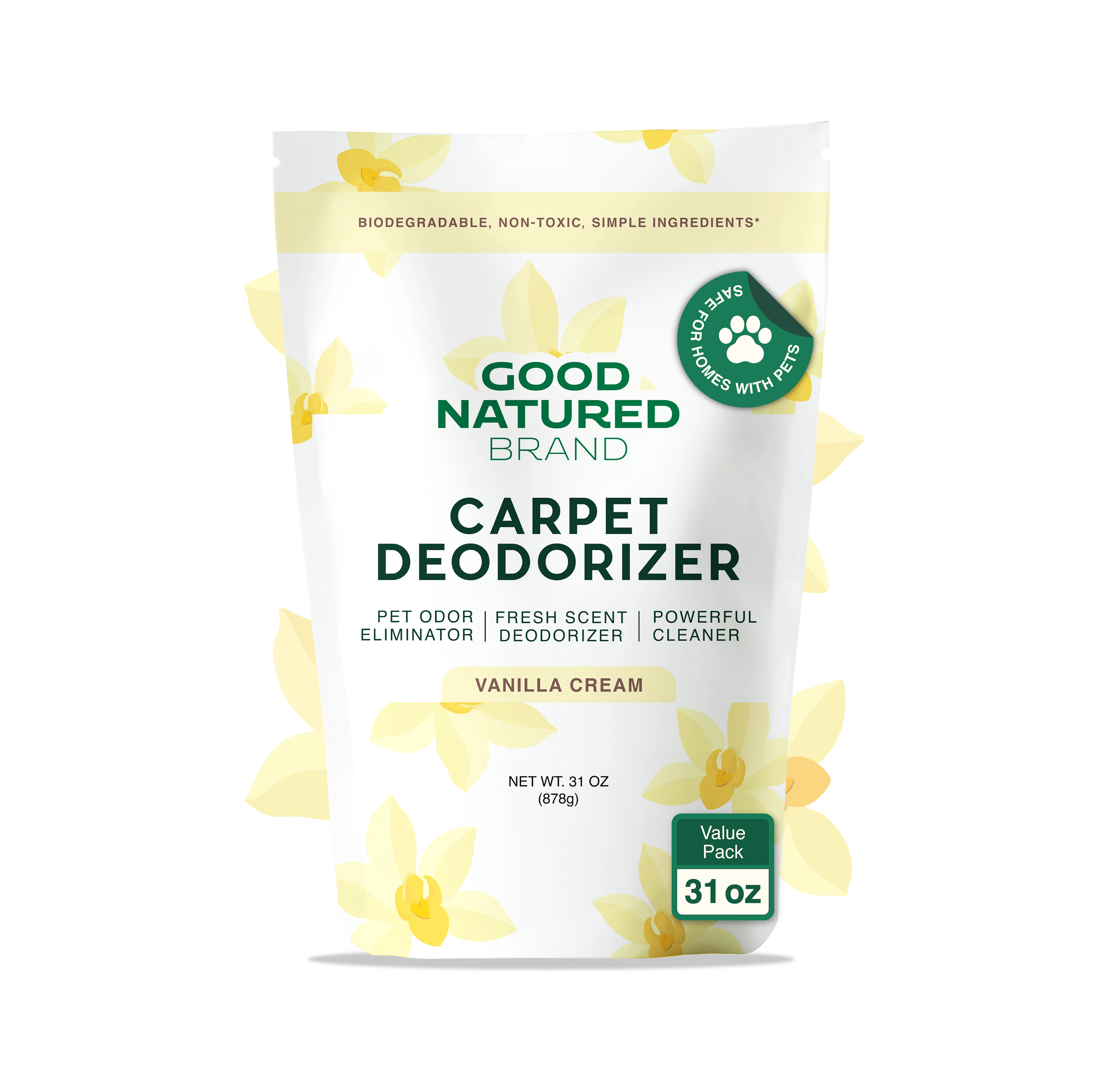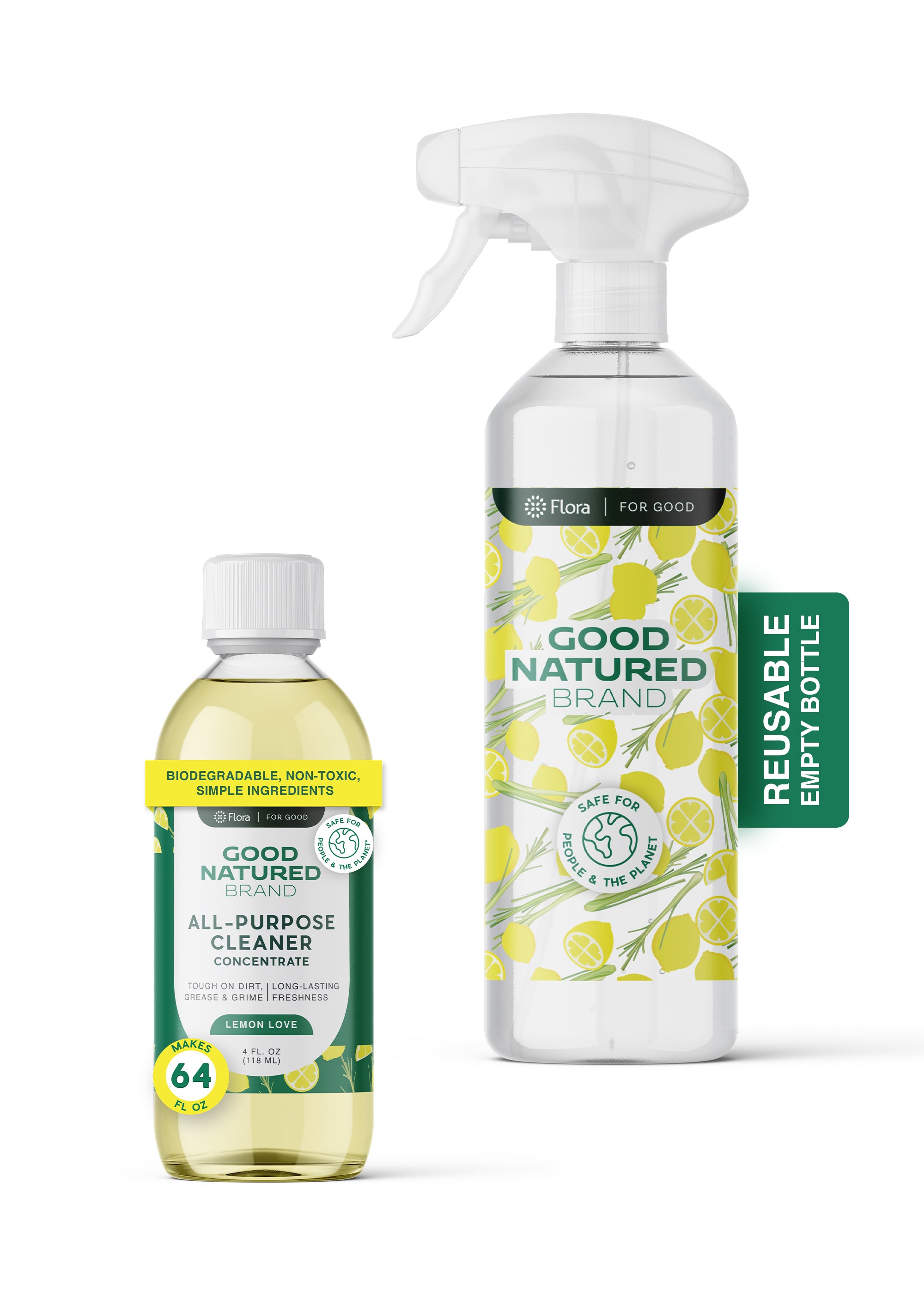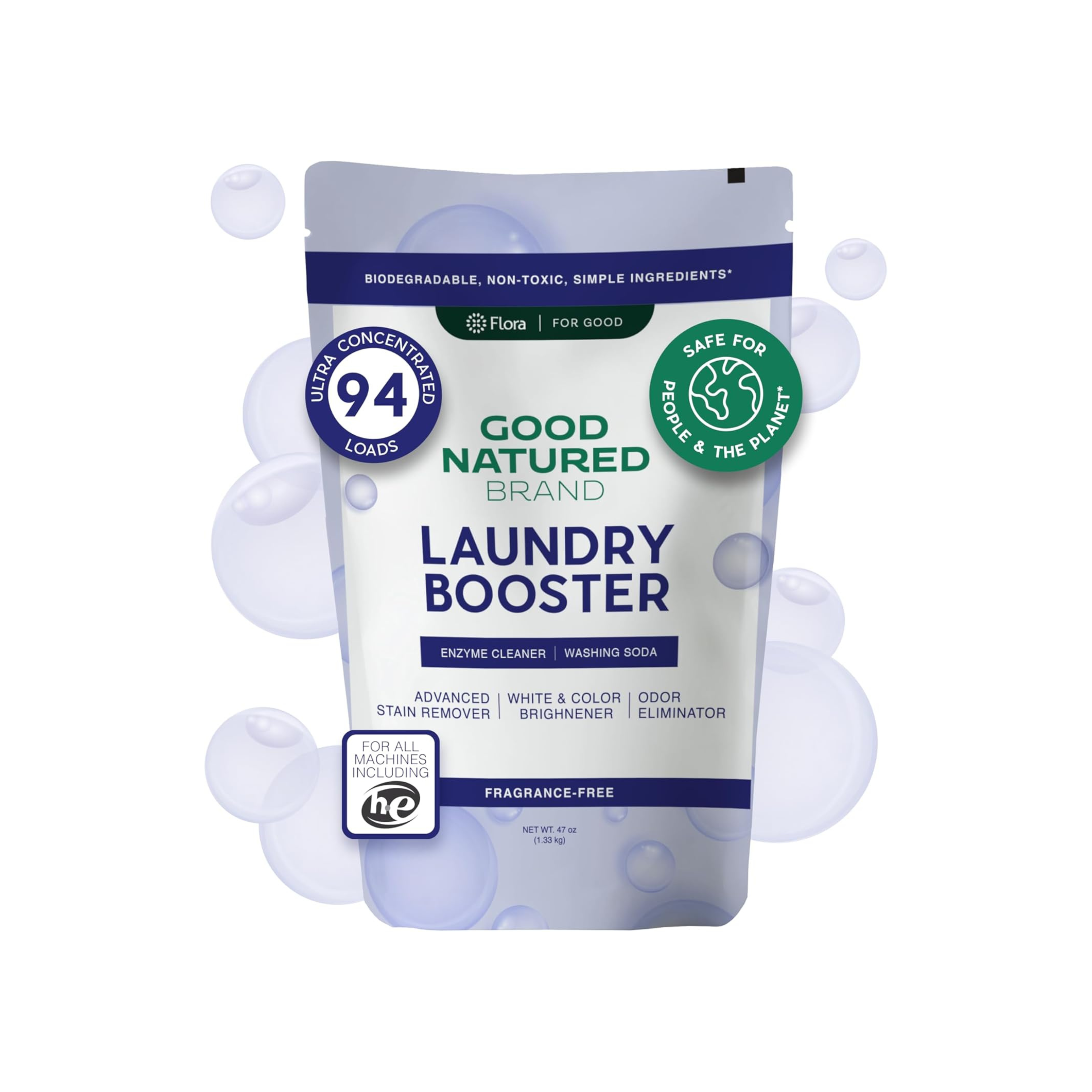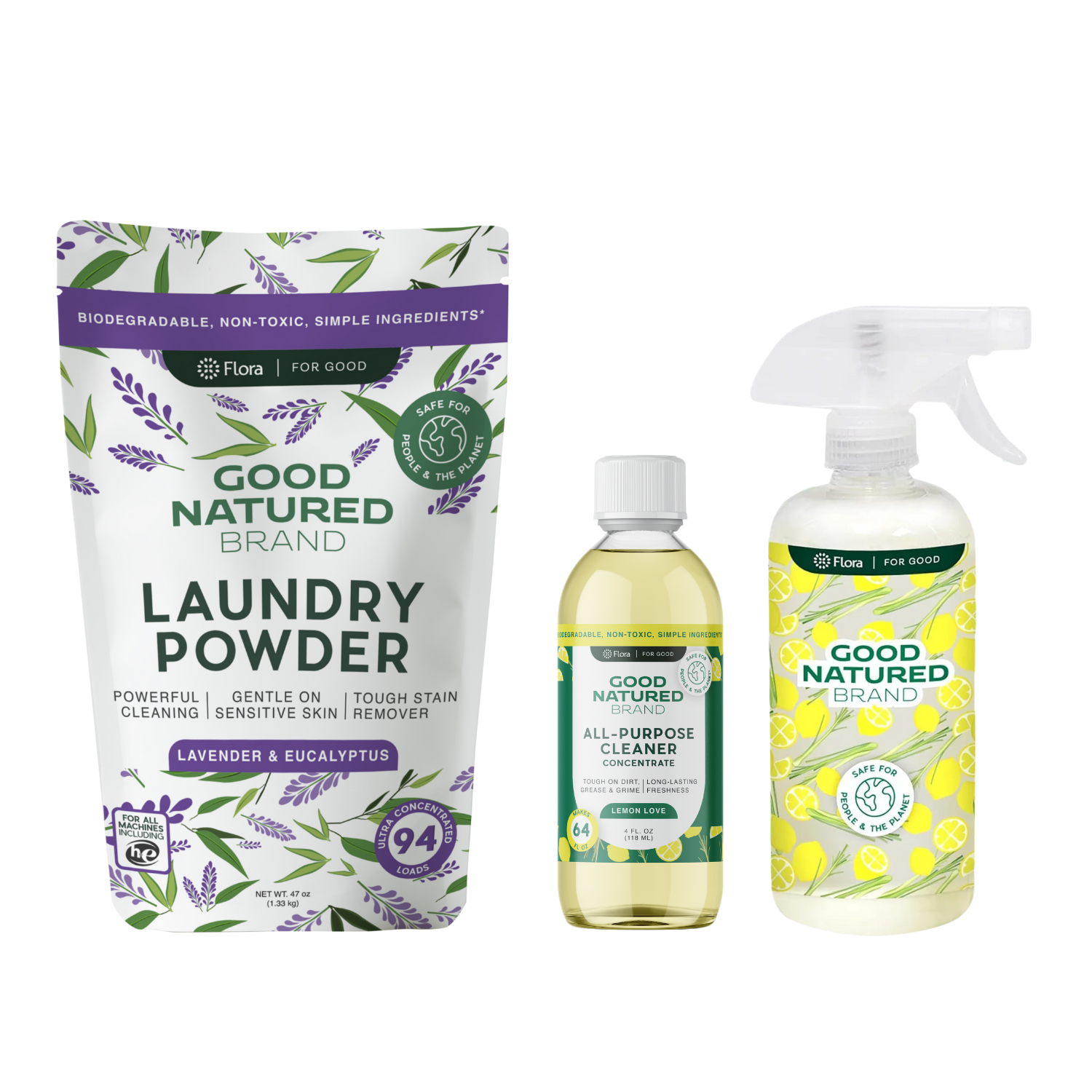Understanding High Protein Dog Food
High protein dog food has become a popular choice among pet parents who want to support healthier muscles, better energy levels, and overall well-being for their dogs. But “high protein” can mean different things depending on the dog’s age, activity level, and specific health needs.
In the world of pet nutrition, protein is one of the most essential building blocks for growth, repair, and daily function. Dogs rely on protein for everything from cell regeneration and immune system strength to muscle maintenance and skin health.
As you explore whether high protein dog food is right for your pup, you’ll also discover how diet ties into a clean, safe home environment—something brands like Good Natured Brand prioritize through eco-friendly, pet-safe household essentials. You can explore more of their mission here: https://www.goodnaturedbrand.com/.
What Counts as High Protein Dog Food?
High protein dog food is generally defined by having a protein percentage significantly above the AAFCO (Association of American Feed Control Officials) minimum requirements. According to AAFCO, adult dog food should contain at least 18% protein, while puppy diets should contain at least 22%.
However, many high protein dog foods fall within the 28%–40% protein range, depending on the formula. These higher percentages often come from premium or concentrated protein sources such as animal meats, fish, or legumes.
Dry vs. Wet High Protein Dog Food
Wet dog food often appears higher in protein because of its moisture content, but dry dog food offers a more concentrated nutrient profile per cup. Neither is inherently better—your dog’s needs determine the ideal option.
Raw, Freeze-Dried, and Fresh High Protein Foods
Raw and freeze-dried diets often contain very high protein levels with minimal fillers. Fresh food diets, whether homemade or store-bought, also lean toward protein-rich ingredients such as lean meats, eggs, or fish.
Why Dogs Need Protein
Protein plays a critical role in almost every biological function a dog performs. This is why nutritionists and veterinarians often emphasize the importance of choosing dog food where protein—not fillers—takes center stage.
Supports Muscle Development
Protein is the foundation of muscle growth and repair. Dogs who are physically active, still growing, or recovering from injury benefit enormously from high protein dog food.
Builds and Maintains Healthy Skin, Coat, and Nails
A shiny coat and strong nails don’t come from shampoo—they come from proper nutrition. Proteins provide amino acids that keep hair follicles strong and skin cells regenerating.
Provides Energy and Stamina
While fats are a primary energy source for dogs, protein also plays a major role in helping dogs stay alert, active, and strong throughout the day.
Strengthens the Immune System
The antibodies that protect your dog from illness? They’re made of protein. Without enough high-quality protein, immunity can weaken over time.
Supports Healthy Aging
Senior dogs often benefit from higher protein levels to help offset natural muscle loss. Controlled, high-quality protein can help aging dogs stay strong and mobile.
Types of Protein in High Protein Dog Food
Animal-Based Protein Sources
Animal proteins are the most biologically accessible for dogs. These sources include:
-
Chicken – a lean, common protein great for everyday nutrition
-
Beef – rich in iron and a favorite flavor for many dogs
-
Turkey – gentle on digestion and lower in fat
-
Lamb – ideal for dogs needing novel proteins
-
Salmon and Whitefish – excellent for sensitive stomachs and skin health
-
Bison or Venison – premium choices for dogs with food sensitivities
These animal sources naturally contain balanced amino acids, making them ideal for most dogs.
Plant-Based Protein Sources
Plant proteins such as lentils, quinoa, soy, and peas offer valuable nutrients but are often used to complement animal proteins rather than replace them. While plant-based diets for dogs are possible with proper formulation, they require careful balancing to ensure complete amino acid profiles.
Hydrolyzed Proteins
Hydrolyzed proteins are proteins broken down into smaller molecules. They are often prescribed for dogs with severe allergies or digestive issues because the body can absorb them without triggering immune reactions.
Benefits of High Protein Dog Food
Ideal for Active, Sport, and Working Dogs
Dogs that run, hike, perform agility, or work on farms need consistent muscle support. High protein food ensures they can maintain healthy muscles while burning more energy.
Supports Weight Loss and Lean Body Mass
A high protein, moderate-fat diet can help overweight dogs build lean muscle while losing excess fat. Protein increases satiety, helping dogs feel fuller for longer.
Perfect for Growing Puppies
Puppies grow rapidly—sometimes doubling in size within weeks. Adequate protein intake ensures proper bone and muscle development.
Helps Senior Dogs Maintain Strength
Many senior dogs experience muscle wasting. High protein diets can slow this process, helping older dogs stay mobile and comfortable.
Boosts Skin and Coat Health
Dogs fed protein-rich diets often show improvements in coat shine, reduced shedding, and fewer skin irritations.
Possible Risks of High Protein Dog Food
While high protein dog food offers many benefits, it may not fit every dog’s needs.
Kidney Health Concerns: Myth vs. Fact
A common myth suggests that high protein diets “overwork” the kidneys. In healthy dogs, this is largely untrue. However, dogs with pre-existing kidney disease may require a controlled-protein diet. Always consult your veterinarian when medical conditions are present.
Potential Allergic Reactions
Some dogs may be sensitive to specific protein sources such as chicken or beef. Signs may include itching, stomach upset, or chronic ear infections.
Digestive Upset From Sudden Diet Changes
Switching to a higher protein diet too quickly may cause diarrhea or vomiting. Gradual transitions help prevent GI discomfort.
High Protein Does Not Always Mean High Quality
Some dog food brands market “high protein” while using plant fillers or inferior protein sources. Reading ingredient labels is essential.
How to Choose the Best High Protein Dog Food
Look for Real Meat as the First Ingredient
High protein dog food should begin with a real animal protein source—like chicken, beef, salmon, or turkey—not meat by-products or fillers.
Check the Protein Percentage
A good range for most adult dogs is 28%–35% protein in dry food. Very high protein percentages (40% or above) are usually reserved for highly active dogs or working dogs.
Consider Grain-Free vs. Grain-Inclusive
Grain-free diets are not automatically healthier. In fact, many grain-inclusive formulas offer excellent nutrition, especially when using whole grains like oatmeal or brown rice.
Avoid Artificial Preservatives and Fillers
Ingredients like artificial colors, rendered fats, and corn gluten meal often indicate lower quality.
Look for AAFCO Statements
AAFCO’s nutritional adequacy statement assures that the food meets basic nutrient standards for your dog’s life stage.
Keep Your Home Clean as Diet Changes
Switching to a high protein diet may lead to stronger pet odors or more frequent accidents in some dogs. Keeping your space clean helps maintain a fresh environment:
-
Use Carpet Deodorizers (https://www.goodnaturedbrand.com/collections/carpet-deodorizers) to combat lingering dog smells in carpets or rugs.
-
Wash bedding and blankets with pet-safe Laundry Powders (https://www.goodnaturedbrand.com/collections/laundry-powders) to manage odors and stains naturally.
-
Keep feeding stations clean with All-Purpose Cleaners (https://www.goodnaturedbrand.com/collections/all-purpose-cleaners) that are gentle on surfaces and safe around pets.
Transitioning Your Dog to High Protein Dog Food
A slow, controlled transition helps prevent digestive problems.
Follow a Gradual 7-Day Schedule
A common schedule looks like this:
-
Days 1–2: 25% new food + 75% old food
-
Days 3–4: 50% new food + 50% old food
-
Days 5–6: 75% new food + 25% old food
-
Day 7: 100% new food
Monitor for Digestive Changes
Soft stools, gas, or decreased appetite may indicate your dog needs more time adjusting.
Support Hydration
Protein digestion requires adequate water intake. Always provide fresh water and monitor hydration levels.
Watch for Allergies
If itching, vomiting, or chronic ear issues appear, your dog may need a different protein source.
How Diet Relates to a Clean, Comfortable Home
A high protein diet may enhance coat quality and energy levels—but it can also increase natural odors, shedding, and digestive waste. To maintain a healthy environment for your dog and your family:
-
Use Carpet Deodorizers to neutralize lingering smells around dog beds or dining areas.
-
Clean bowls, floors, and feeding stations with All-Purpose Cleaners for a sanitary, pet-safe space.
-
Freshen blankets and fabrics with Laundry Powders to reduce odors linked to diet changes.
Good Natured Brand’s pet-safe approach supports both canine health and a fresh, toxin-free living space. You can explore their full collection anytime at https://www.goodnaturedbrand.com/.
High Protein Dog Food: Vet Guidance, Best Practices, and FAQs
Signs Your Dog Might Benefit From High Protein Dog Food
High protein dog food can be incredibly beneficial, but how do you know whether your dog truly needs it? Understanding the signs ensures you choose the right diet based on your dog’s lifestyle, age, and health status.
Low Energy Levels
Dogs who lack energy or tire quickly may not be getting enough protein to sustain healthy muscle function and metabolism. A protein-rich diet can offer more stable energy levels throughout the day.
Dull Coat or Dry Skin
Dogs with poor coat quality often require an improved amino acid profile in their diet. Protein contributes to a shinier coat and healthier skin, especially when derived from high-quality animal sources.
Muscle Loss or Weight Fluctuations
If your dog appears weak, is losing muscle mass, or struggles to maintain weight, higher protein intake may help restore lean body tissue and support better physical condition.
High Activity or Working Dog Lifestyle
Dogs with demanding routines—like agility training, hiking, service work, or farm activity—naturally require more protein to support physical exertion.
Growing Puppies and Young Dogs
Puppies need more protein than adult dogs to fuel rapid growth. If they seem slow to gain weight or exhibit developmental delays, their diet may need a protein boost.
How Much High Protein Dog Food to Feed
The proper amount varies based on breed, age, activity level, and health conditions. While feeding instructions on dog food packaging provide a helpful starting point, they aren’t one-size-fits-all.
Portion Guidelines
Active and working dogs usually require more calories and protein per pound of body weight, while sedentary dogs benefit from moderate portion control to avoid weight gain.
Adjusting Portions Based on Activity
Monitor your dog’s behavior and body condition regularly. If your dog seems hungry more often, overly tired, or has fluctuating weight, their portion size may need adjustment.
Understanding Body Condition Score (BCS)
Veterinarians use a 1–9 Body Condition Score system to evaluate a dog’s ideal weight. Using BCS at home helps ensure your dog maintains healthy body composition while on a high protein diet.
Avoiding Overfeeding
High protein does not mean “feed more.” Excess calories—whether from protein, fat, or carbohydrates—can lead to weight gain. The key is balance.
Homemade vs. Store-Bought High Protein Dog Food
Many pet parents consider preparing homemade meals to provide fresh and natural nutrients. Both options have unique benefits and limitations.
Benefits of Homemade High Protein Dog Food
Homemade diets allow full control over ingredient quality. You can incorporate lean meats, vegetables, and whole-food ingredients your dog enjoys.
Safe High-Protein Ingredients for Homemade Meals
Dogs generally tolerate these well:
-
Lean chicken or turkey
-
Beef or lamb (trim excess fat)
-
Fresh fish such as salmon or sardines
-
Eggs (fully cooked)
-
Pumpkin, carrots, and green beans for added fiber
Ingredients to Avoid in Homemade Recipes
Never include ingredients like onions, garlic, grapes, raisins, chocolate, or foods containing artificial sweeteners like xylitol. These are toxic to dogs and can cause severe reactions.
Limitations of Homemade Diets
Without professional guidance, homemade meals may lack essential vitamins and minerals. Nutritional imbalances can occur if recipes aren’t formulated with veterinary input.
Frequently Asked Questions About High Protein Dog Food
Is High Protein Food Good for All Dogs?
Most healthy dogs can safely eat a high protein diet. However, dogs with kidney disease, liver disorders, or certain digestive sensitivities may require moderated protein levels.
Can High Protein Diets Cause Aggression?
There is no scientific evidence linking protein intake to aggression. Behavioral issues are more closely tied to training, environment, and genetics.
Is High Protein Food Safe for Senior Dogs?
Yes—senior dogs often need more protein to support muscle retention. However, dogs with chronic medical issues may require vet-monitored diets.
Can High Protein Dog Food Help With Allergies?
Switching to novel proteins (like salmon, duck, or bison) can reduce allergic reactions. Hydrolyzed protein diets are often recommended for sensitive dogs.
Is Wet Dog Food Higher in Protein Than Dry?
Wet dog food may appear higher in protein due to moisture differences. It is important to compare dry matter percentages for accurate evaluation.
Should Small Breeds Eat High Protein Dog Food?
Small dogs with high metabolisms often benefit from protein-rich diets, but portion control is essential to prevent overfeeding.
High Protein Dog Food for Dogs With Specific Conditions
Dogs With Kidney Disease
Kidney-compromised dogs may need controlled protein, not necessarily low protein. The quality of protein matters more than the quantity.
Dogs With Pancreatitis
These dogs benefit from low-fat, moderate-protein diets. Always consult your veterinarian before adjusting protein intake.
Pregnant or Nursing Dogs
Pregnant or lactating dogs have increased protein and calorie demands. High protein dog food supports the mother’s health and the puppies’ growth.
Overweight or Obese Dogs
High protein diets help manage weight by promoting satiety and maintaining lean muscle mass. Pairing high protein diets with portion control yields the best results.
Best Practices for Choosing High Protein Dog Food
Watch for Misleading Marketing Terms
Terms like "premium" or "all-natural" don’t always reflect nutritional quality. Ingredient lists should speak for themselves.
Prioritize Transparent Sourcing
Brands that clearly state where their proteins come from offer greater trust and quality assurance.
Consider Environmental Impact
Eco-conscious families may want dog food brands that support sustainability. Similarly, home cleaning choices can reduce waste and improve indoor air quality—something Good Natured Brand supports through its eco-friendly products.
Avoid Fillers and Additives
Fillers like corn gluten meal, artificial colors, or unnamed meats often indicate lower-quality protein sources.
Maintaining a Clean and Healthy Home With a High Protein Diet
Higher protein intake sometimes leads to increased pet odors, shedding, or digestive messes. Keeping your home clean supports your dog’s comfort and your family’s health.
Managing Odor and Shedding
Dogs on protein-rich diets may naturally shed more or produce stronger scents. Using Carpet Deodorizers (https://www.goodnaturedbrand.com/collections/carpet-deodorizers) helps keep carpets and rugs fresh, especially around pet sleeping and feeding areas.
Keeping Fabrics and Bedding Fresh
Dog blankets, towels, and bedding can retain odors more quickly with diet changes. Washing them regularly with Laundry Powders (https://www.goodnaturedbrand.com/collections/laundry-powders) keeps fabrics fresh and clean without harsh chemicals.
Maintaining Clean Feeding Stations
Feeding areas can become greasy or sticky from high protein kibble or wet food. Wipe surfaces daily with pet-safe All-Purpose Cleaners (https://www.goodnaturedbrand.com/collections/all-purpose-cleaners) to reduce bacteria and maintain hygiene.
Supporting Overall Digestive Health
A clean environment contributes to better digestive function by reducing exposure to germs and allergens, especially important for dogs adjusting to a new diet.
When to Consult a Veterinarian
Even the best-quality dog food may not be suitable for every dog. Veterinary guidance ensures long-term health and safety.
Rapid Weight Changes
Unexplained weight gain or loss may indicate metabolic or digestive issues.
Increased Thirst or Urination
Excessive drinking or urination can signal kidney strain or other medical concerns that may require moderated protein intake.
Allergic Symptoms
Chronic itching, ear infections, rashes, or vomiting may mean your dog is reacting to the protein source rather than the protein amount.
Prescription High Protein Diets
Certain medical conditions require prescription diets formulated with specific protein levels and carefully balanced nutrients.
Is High Protein Dog Food Right for Your Dog?
High protein dog food offers many benefits—stronger muscles, better coat quality, improved stamina, and healthier aging. However, every dog is different, and the ideal diet depends on age, activity level, weight, and health status.
Making informed decisions about protein levels and ingredient quality helps ensure your dog lives a long, healthy, energetic life. And as you refine your dog’s diet, maintaining a clean home supports their comfort and well-being. Products like Carpet Deodorizers, Laundry Powders, and All-Purpose Cleaners from Good Natured Brand help you manage pet odors, stains, and daily messes naturally and safely.
For more pet care tips and wellness guides, explore the Good Natured Brand Blog: https://www.goodnaturedbrand.com/pages/blog
And for eco-friendly products that support a healthy home, visit the Good Natured Brand main page: https://www.goodnaturedbrand.com/
